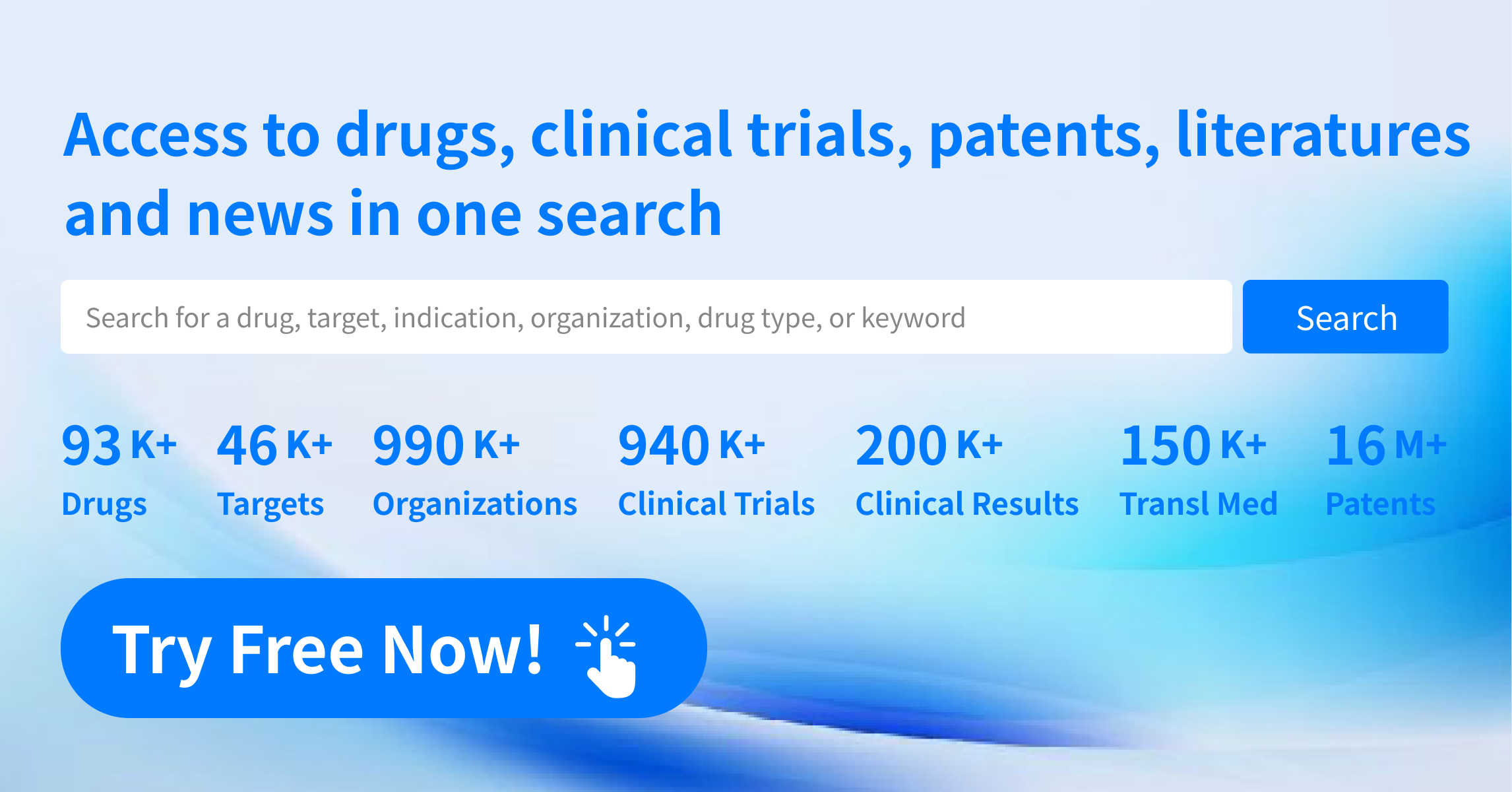Cardiovascular Mortality Risk Reduced by 16%! Bayer Announces Latest Analysis Data from Finerenone FINE-HEART Study
On September 1, 2024, at the European Society of Cardiology (ESC) Congress, Bayer published the pooled analysis of the Phase III FINE-HEART study on finerenone, along with the latest data from the FINEARTS-HF trial. The results showed that finerenone significantly reduces all-cause mortality, cardiovascular, and renal outcomes. The findings were simultaneously published in 《Nature Medicine》.
About the FINE-HEART Study
FINE-HEART is a pooled patient-level analysis, incorporating the FINEARTS-HF, FIDELIO, and FIGARO studies. This analysis aims to explore the impact of finerenone (brand name: Kerendia/Firialta) on cardiovascular and renal outcomes in approximately 19,000 patients with heart failure (HF) and/or chronic kidney disease (CKD) and type 2 diabetes (T2D), including those with a high burden of comorbidities—a characteristic of HF patients with left ventricular ejection fraction (LVEF) ≥40%.
The FIDELIO-DKD and FIGARO-DKD trials randomized approximately 13,000 CKD and T2D patients with albuminuria (UACR≥30mg/g) from 48 countries. FINEARTS-HF included around 6,000 patients from 37 countries with symptomatic HF, LVEF ≥40%, elevated natriuretic peptides, and structural heart disease evidence. The results indicated:
Primary Endpoint:
··Finerenone vs. Placebo: Cardiovascular (CV) mortality was numerically lower but not statistically significant (11% relative risk reduction, HR 0.89 [95% CI, 0.78-1.01; p=0.076]).
·Pre-specified Sensitivity Analysis: Involving CV death and unspecified death, finerenone reduced relative risk by 12% (HR 0.88 [95% CI, 0.79-0.98; p=0.025]).
·The effect of finerenone on cardiovascular (CV) death was generally consistent across the six subgroups.
·Compared to placebo, finerenone significantly reduced all-cause mortality as well as cardiovascular and renal outcomes.
Secondary Endpoints:
·All-Cause Mortality Reduction: 9% (HR 0.91 [95% CI, 0.84-0.99; p=0.027]).
·Composite Renal Endpoint Reduction: Including time to first occurrence of renal failure, sustained eGFR decline ≥50% (≥4 weeks), or renal death, reduced by 20% (HR 0.80 [95% CI, 0.72-0.90; p<0.001]).HF Hospitalization Reduction: 17% (HR 0.83 [95% CI, 0.75-0.92; p<0.001]).
About Finerenone
Finerenone (BAY948862) is an investigational non-steroidal selective mineralocorticoid receptor antagonist (MRA) that can block the overactivation of mineralocorticoid receptors (MR). Overactivation of MR can lead to fibrosis and inflammation, contributing to permanent structural damage in the kidneys. In July 2021, the FDA approved finerenone to reduce the risk of renal failure, slow down the decline in estimated glomerular filtration rate (eGFR), reduce cardiovascular death, non-fatal myocardial infarction, and hospitalization due to heart failure in patients with T2D and CKD.
FINEARTS-HF Study:A randomized, double-blind, placebo-controlled, multi-center, event-driven Phase III clinical trial for patients diagnosed with symptomatic heart failure (NYHA class II-IV) and LVEF ≥40% measured within the past 12 months, who also received at least 30 days of diuretics before randomization. According to the latest data disclosed at the 2024 ESC, finerenone significantly reduced the risk of cardiovascular death and total HF events (defined as HF hospitalization or urgent HF visits), by 16% (RR 0.84 [95% CI, 0.74-0.95; p=0.0072]). Approximately half of the HF patients had mildly reduced or preserved LVEF.
Finerenone is the first MRA to demonstrate clear cardiovascular benefits in this category of heart failure patients in a Phase III study. Based on these positive results, Bayer plans to discuss regulatory applications with the FDA to expand finerenone's indications.
FIGARO-DKD:In August 2021, Bayer announced that finerenone achieved its primary endpoint in the Phase 3 clinical trial FIGARO-DKD, conducted among patients with type 2 diabetes and chronic kidney disease (CKD). Unlike previous Phase 3 trials, FIGARO-DKD primarily included patients with milder CKD classified as stages 1-2. In this study, finerenone reduced the risk of the first occurrence of cardiovascular death or non-fatal cardiovascular events by 13% in type 2 diabetes patients with CKD who were already receiving the maximum tolerated dose of angiotensin-converting enzyme inhibitors (ACEi) or angiotensin receptor blockers (ARB).
FIDELIO-DKD:The FIDELIO-DKD study is a randomized, double-blind, placebo-controlled, parallel-group, multicenter, event-driven Phase 3 clinical trial. It enrolled patients with type 2 diabetes and CKD (including 372 Chinese patients) who were randomly assigned in a 1:1 ratio to receive either finerenone or placebo once daily. According to the data prominently released at the American Society of Nephrology's Kidney Week in 2020, finerenone significantly reduced the risk of the composite renal endpoint by 18% compared to placebo (HR=0.82, 95% CI 0.73-0.93, P=0.001), and significantly reduced the risk of the composite cardiovascular endpoint by 14% (HR=0.86, 95% CI 0.75-0.99, P=0.03). Four months of treatment with finerenone led to a 31% reduction in the urine albumin-to-creatinine ratio from baseline, which remained consistently low, significantly reducing the secondary renal endpoint (HR=0.76; 95% CI 0.65-0.90).
Additionally, multiple studies are underway to investigate the broader use of finerenone in heart failure and chronic kidney disease patients, including the MOONRAKER project and the FIND-CKD study. The MOONRAKER project encompasses four studies—FINEARTS-HF, REDEFINE-HF, CONFIRMATION-HF, and FINALITY-HF—involving over 15,000 patients. It is one of the largest heart failure research projects to date, aiming to evaluate the efficacy and safety of finerenone in a wide range of heart failure patients, including those with HFrEF, HFmrEF, HFpEF, and heart failure patients regardless of left ventricular ejection fraction. The FIND-CKD study is a multicenter, randomized, double-blind, placebo-controlled Phase 3 clinical trial. It will include non-diabetic CKD patients from 270 centers across 19 countries, including China. The study aims to explore the efficacy and safety of finerenone as an add-on therapy to guideline-recommended treatments for non-diabetic chronic kidney disease.
About Mineralocorticoid Receptor Antagonists:
Mineralocorticoids are a class of steroid hormones secreted by the zona glomerulosa of the adrenal cortex, with aldosterone being the most common. Aldosterone secretion is regulated by various factors, mainly including the renin-angiotensin-aldosterone system (RAAS), as well as other influences such as adrenocorticotropic hormone, sodium (Na+), and potassium (K+) levels. When the concentration of Na+ in the tubular fluid decreases, blood pressure drops, or renal blood flow decreases, these factors stimulate the release of renin into the bloodstream, activating angiotensin II, which, in turn, stimulates the synthesis and secretion of aldosterone. Aldosterone enhances Na+-K+ exchange and increases membrane permeability to Na+, promoting the reabsorption of Na+ in the renal tubules, accompanied by increased water reabsorption, thereby maintaining water and electrolyte balance. However, excessive aldosterone release can cause metabolic disturbances, including hypokalemia and sodium/water retention. It also promotes the generation of inflammatory factors, leading to inflammation and fibrosis in target organs. Additionally, excessive aldosterone can over-activate the mineralocorticoid receptor (MR) and mediate pathological damage to target organs.
Aldosterone binds to mineralocorticoid receptors (MR) to exert its effects. MR is widely distributed in multiple tissues, playing a significant role in local substance metabolism and the regulation of pathological injuries, with the most notable expression in the kidneys and cardiovascular system. Overactivation of MR promotes the generation of reactive oxygen species (ROS) and triggers the activation of pro-inflammatory transcription factors such as activator protein-1 (AP-1) and nuclear factor-kappa B (NF-κB), leading to inflammatory responses. Furthermore, MR overactivation participates in the expression of pro-fibrotic molecules, including transforming growth factor-β1 (TGF-β1) and plasminogen activator inhibitor-1 (PAI-1), which collectively promote tissue fibrosis. In addition to triggering inflammation and fibrosis, MR overactivation can activate the immune system, leading to leukocyte infiltration among other responses.
In the kidneys, overactivation of MR exacerbates oxidative stress, inflammation, and fibrosis, inducing podocyte injury and constricting glomerular vessels, which leads to a gradual decline in renal function, ultimately progressing to end-stage renal disease (ESRD). In the heart, aldosterone-mediated MR overactivation induces similar inflammatory, fibrotic, and oxidative stress responses, eventually leading to adverse outcomes such as heart failure, malignant arrhythmias, and myocardial infarction.
Therefore,Mineralocorticoid receptor antagonists (MRAs), as diuretics, help regulate water and electrolyte balance and are used to treat conditions such as primary aldosteronism, hypertension, heart failure (HF), and chronic kidney disease (CKD). Currently, the most commonly used MRA in clinical practice is spironolactone, which belongs to the steroid class. Due to its low selectivity for MR, its concentration in the kidneys is six times higher than in the heart, resulting in a high incidence of hyperkalemia when administered. Eplerenone, a second-generation MRA, also has a steroid structure but exhibits higher selectivity for MR, stronger anti-aldosterone activity than spironolactone, and fewer side effects. The third generation MRA, represented by non-steroidal finerenone, shows high selectivity for MR and balanced distribution in both the heart and kidneys, making it less likely to cause hyperkalemia.
Regarding Diabetic Nephropathy
Diabetic nephropathy is one of the most significant complications of diabetes and a principal cause of chronic kidney disease and ESRD. Approximately one-third of diabetic patients develop diabetic nephropathy, and if coupled with substantial proteinuria, it progresses to ESRD within roughly five years. According to the International Diabetes Federation (IDF) data from 2021, around 537 million adults (age 20-79) worldwide had diabetes, constituting one-tenth of the adult population, and this number is projected to increase to 783 million by 2045, accounting for 12.2%.
According to a report by Kenneth Research, the global market size for diabetic nephropathy treatment drugs was $2.7 billion in 2018. By 2024, the compound annual growth rate (CAGR) is expected to be maintained at 5.9%, reaching a market value of $3.8 billion.
How to obtain the latest research advancements in the field of biopharmaceuticals?
In the Synapse database, you can keep abreast of the latest research and development advances in drugs, targets, indications, organizations, etc., anywhere and anytime, on a daily or weekly basis. Click on the image below to embark on a brand new journey of drug discovery!




